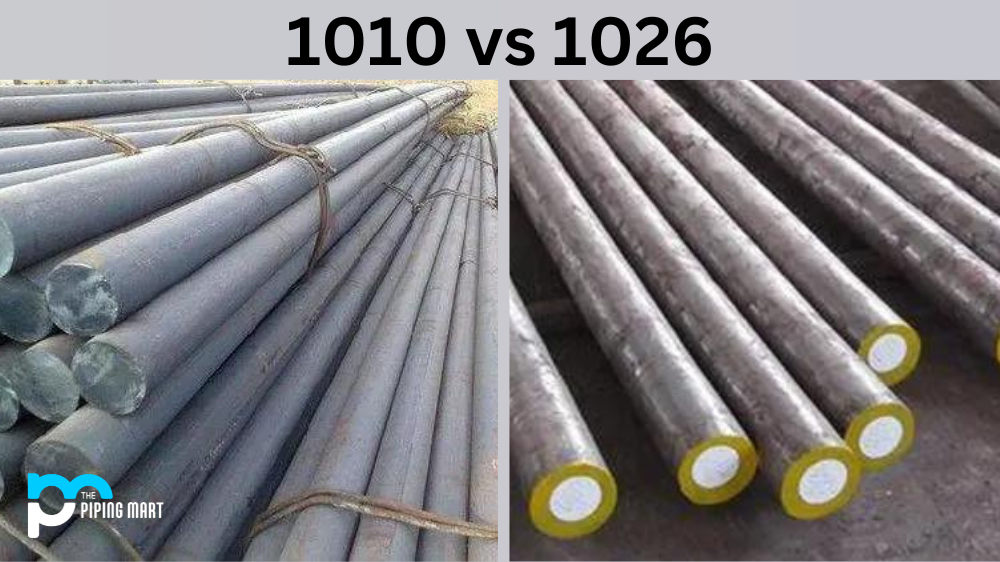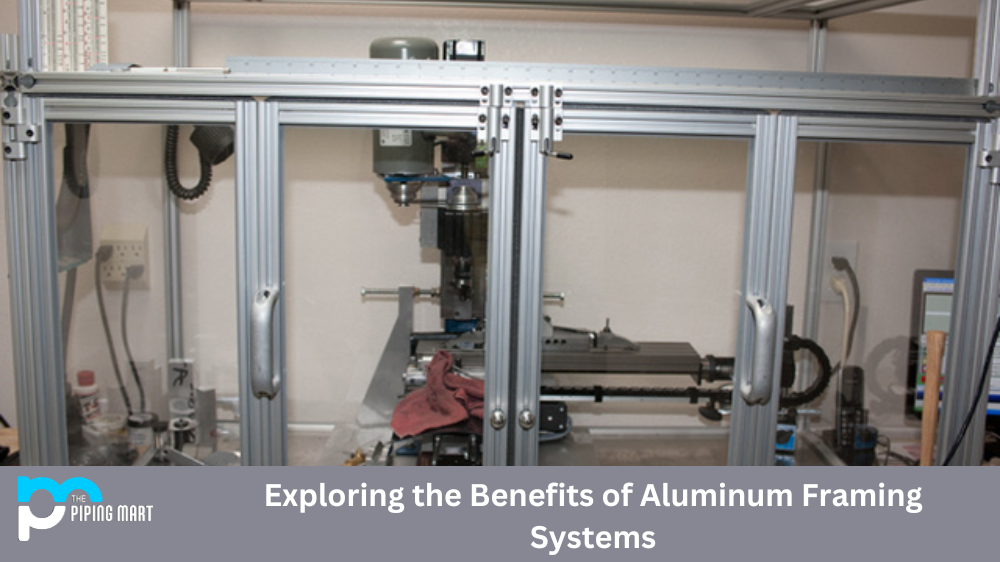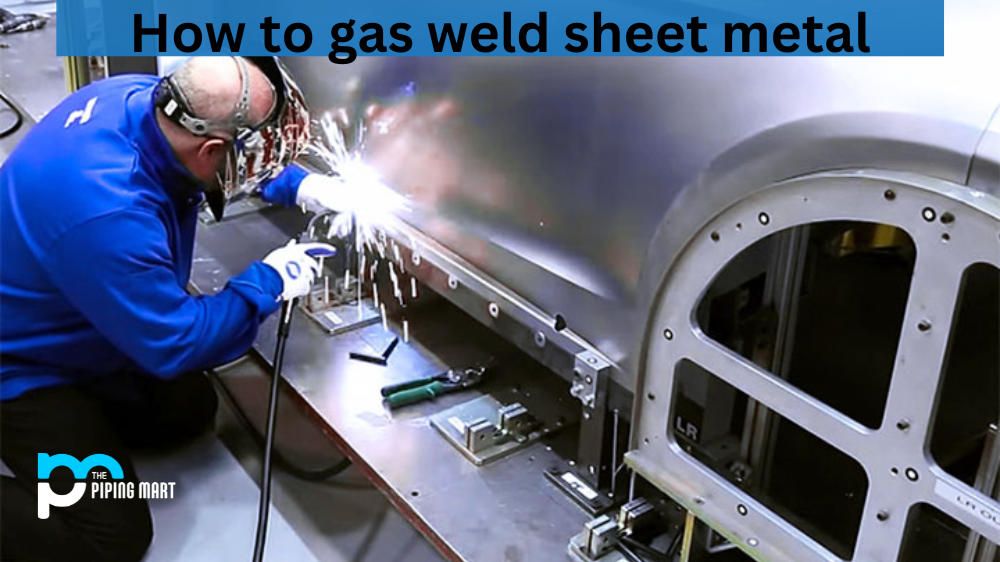Choosing between 1010 and 1026 steel can be challenging when selecting the suitable material for your project. Both are popular carbon steel grades used in various applications. But what are the differences between 1010 and 1026, and which is best for your project? This blog post closely examines the key differences between the two steel grades and helps you make the right choice.
Difference Between 1010 and 1026 Steel
Chemical Composition
One of the main differences between 1010 and 1026 steel is their chemical composition. 1010 steel contains 0.08-0.13% carbon and 0.30-0.60% manganese, while 1026 steel contains 0.22-0.28% carbon and 0.60-0.90% manganese. Due to this difference, 1026 steel has higher carbon content, providing higher strength and hardness, making it suitable for heavy-duty applications.
Machinability
Machinability is another crucial factor when choosing between these steel grades. 1010 steel has excellent machinability due to its low carbon content, making it easier to cut, drill, and weld. In contrast, 1026 steel, with its higher carbon content, is more challenging to machine, but it can be used when high strength and durability are required.
Weldability
Both 1010 and 1026 steel can be welded, but 1010 steel is preferred in welding applications due to its excellent formability and weldability. Welding 1026 steel can be challenging, and you need to use a low hydrogen welding electrode for the best results.
Uses and Applications
1010 steel is commonly used in low-stress, general-purpose applications such as cabinets, automotive components, and kitchen sinks. 1026 steel is used in more demanding applications such as heavy equipment manufacturing, mining, and drilling. It is also commonly used in hydraulic systems and for making precision shafts and gears.
Cost
Finally, the cost is another crucial factor when choosing between 1010 and 1026 steel. 1010 steel is less expensive than 1026 steel due to its lower carbon content. If cost is an essential consideration for your project, 1010 Steel may be a better choice.
Other Differences
- 1010 is a low-carbon steel with a carbon content of 0.10 per cent.
- 1026 is a medium-carbon steel with a carbon content of 0.26 per cent.
- 1010 has a lower melting point than 1026.
- 1010 is more ductile than 1026.
- 1010 is more weldable than 1026.
- 1010 is more machinable than 1026.
- 1010 is better suited for cold working than 1026.
- 1026 is better suited for hot working than 1010
Conclusion
Choosing between 1010 and 1026 steel is essential to ensure you get the best grade for your application. Both steel grades have their strengths and weaknesses, and you should consider various factors such as chemical composition, machinability, weldability, uses and applications, and cost before deciding. Whatever your project specifications and requirements are, working with a reputable steel supplier can help you get the suitable material for your needs.

A passionate metal industry expert and blogger. With over 5 years of experience in the field, Palak brings a wealth of knowledge and insight to her writing. Whether discussing the latest trends in the metal industry or sharing tips, she is dedicated to helping others succeed in the metal industry.




